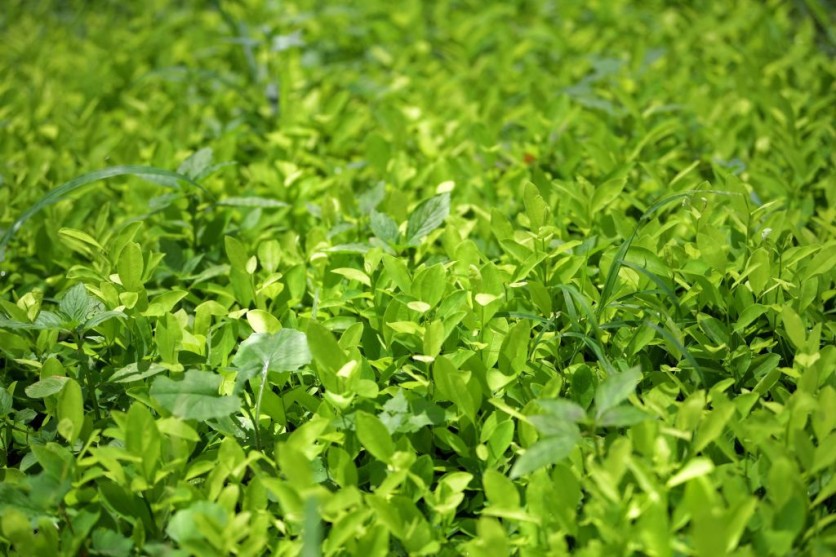In an effort to harness energy from wind and rain, Italian researchers have created an innovative system that can be integrated into plants, according to a report by IEEE Spectrum.
This new technology can generate electricity from the movement of leaves in the wind and raindrops falling on plants.

How the Artificial Leaf Generates Power
The method uses an artificial leaf positioned among real plant leaves. It has a silicone elastomer layer on the bottom and fluorinated ethylene propylene on the top (FEP).
When the plant's leaves move, they come into contact with the artificial leaf and generate static charges that are then induced into the tissue of the plant where they produce a current.
An electrode is then inserted into the plant tissue to capture this current. A capacitor is created when raindrops touch the FEP layer of the fake leaf, connecting the electrodes within and on top of it.
The capacitive coupling between the electrodes varies as the raindrops contract and spread across the leaf's surface, creating a current. To test how well their artificial leaf system could gather energy from varied levels of wind and rain, the researchers inserted it inside the leaves of a real oleander plant.
Fabian Meder, a researcher at the Italian Institute of Technology (IIT) in Genoa, Italy, who specializes in bioinspired soft robotics, said that this technology could be particularly useful for agricultural applications and remote environmental monitoring.
It can also be used to create self-powered sensors that can observe plant health or monitor climate conditions.
According to Barbara Mazzolai, associate director for robotics and director of the IIT's Bioinspired Soft Robotics Laboratory, who was also involved in the study, the new device can create enough electricity to light up LED lights and power itself.
The scientists discovered that a single drop of water can directly power 11 LED lights and produce voltage and current peaks of over 40 volts and 15 microamperes.
What's next for this tech?
The research team believes that the performance of their artificial leaf can be further improved through design modifications, such as the shapes of the electrodes and the materials used.
The researchers are examining possible markets and have submitted a patent application for the invention.
However, to define the finished product more investigation is necessary. This includes thoroughly testing the system in outdoor settings with a range of wind and rain conditions.
The team has advanced their work by enabling their device to also gather energy from raindrops. This technology has advanced beyond the existing energy harvesters embedded in plants, which use a similar technique to produce electricity from wind.
Furthermore, the new device can create more electricity in wet conditions, making it a multifunctional energy harvester or self-powered sensor.
The research team's findings were published in IEEE Robotics and Automation Letters.
Related Article : Scientists Create An 'Odd Material' for Wind Turbines That Can Be Recycled Into Gummy Bears - How?

ⓒ 2025 TECHTIMES.com All rights reserved. Do not reproduce without permission.




